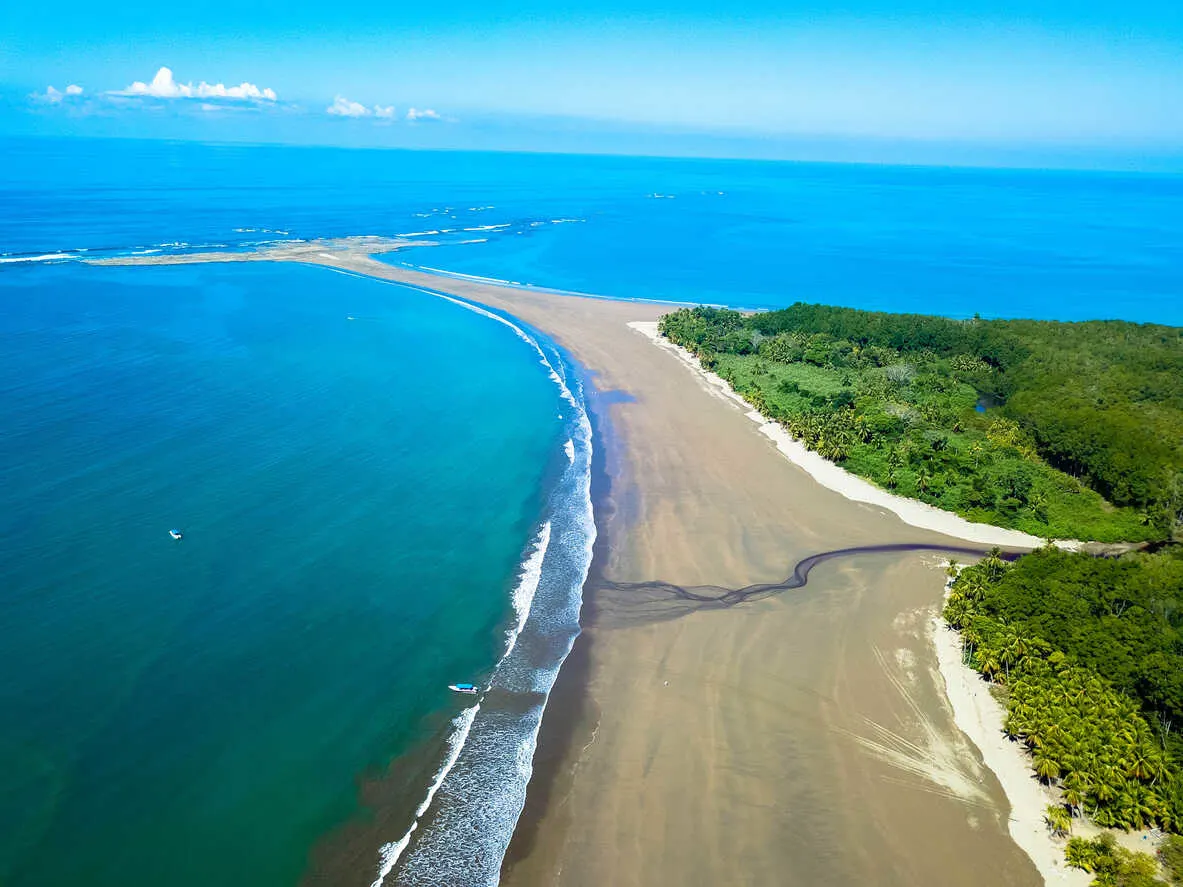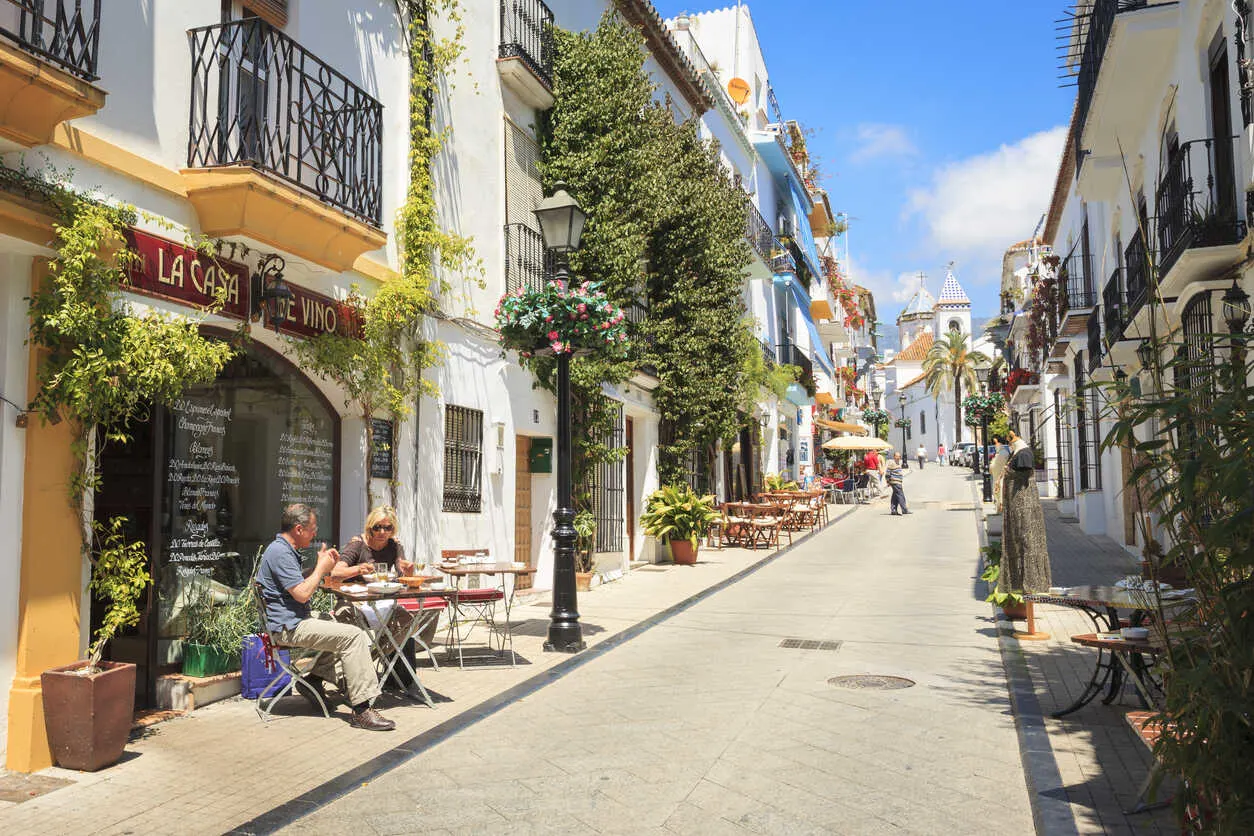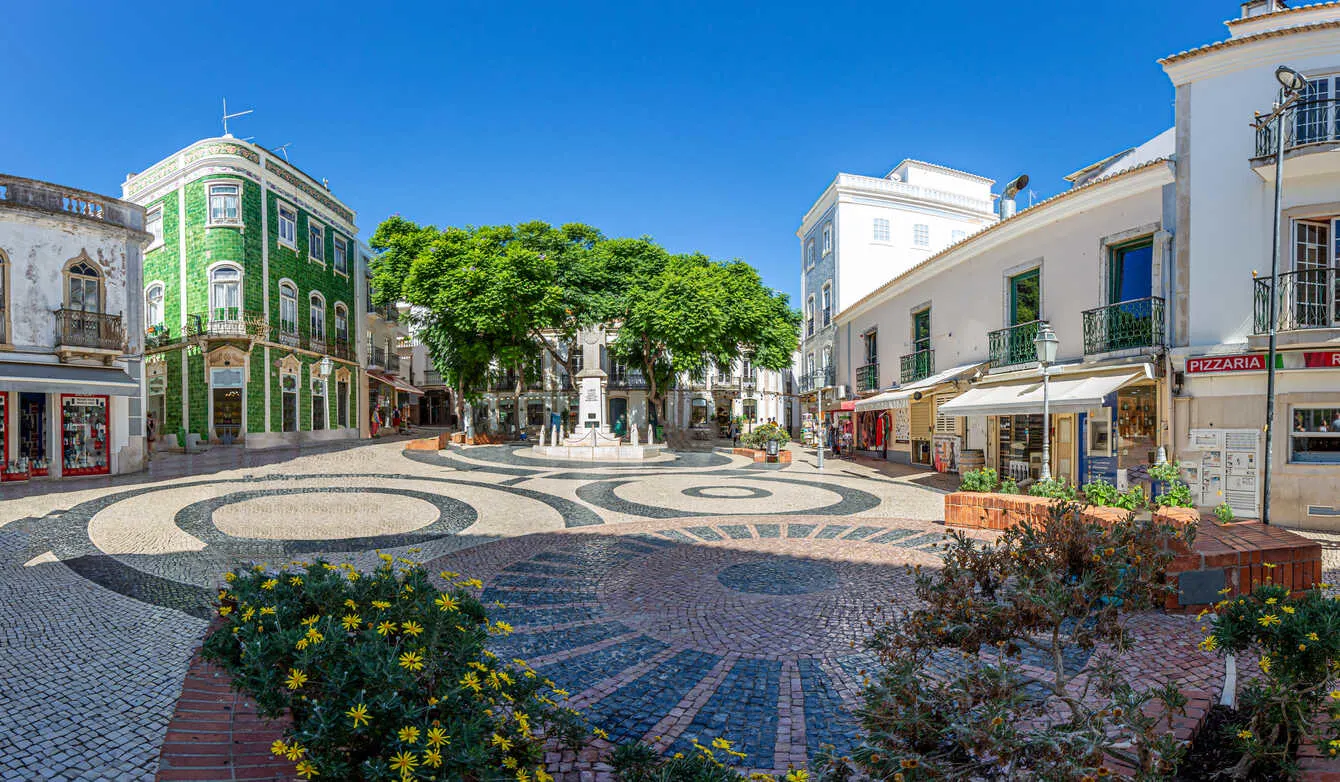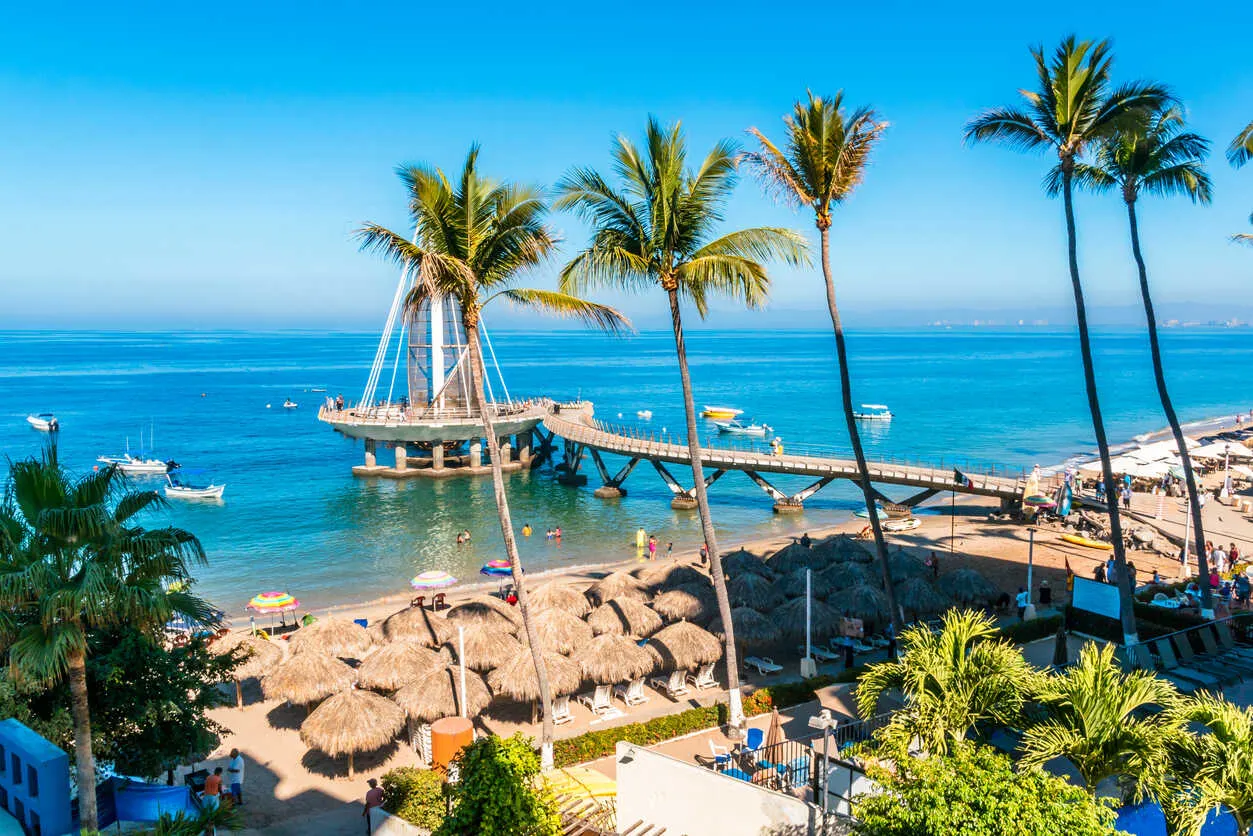Mention the word “tropical,” and most people will think of turquoise-blue waters and powder-white beaches. But one downside of a tropical retirement can be the threat of hurricanes.
But there are many idyllic retirement havens where savvy retirees can get all the pleasures of life in the tropics without the specter of super-destructive storms. You can live the laidback tropical lifestyle without worrying about needing expensive hurricane insurance.
If you're looking for a sunny beach retreat far from hurricanes, we've identified several affordable and attractive options worldwide where you can enjoy a comfortable and dry lifestyle.
How to Move Out of the U.S.
How to Move Out of the U.S.
In all sorts of beautiful, welcoming, culturally rich, saner places around the world, you can live well from $2,000 a month (all in, housing included). Sign up for our free daily IL Postcards e-letter and we’ll immediately send you a free report on the WORLD’S # 1 RETIREMENT HAVEN— plus 9 more spots you should have on your radar. Each day, you’ll earn about the best places to move to, retire, travel, buy real estate, and enjoy a good life for less, overseas.

By submitting your email address, you will receive a free subscription to IL Postcards and special offers from International Living and our affiliates. You can unsubscribe at any time, and we encourage you to read more about our Privacy Policy.
Azuero Peninsula, Panama

The Azuero Peninsula is one of Panama’s most picturesque regions, known for its dry, sunny climate, which makes it a perfect escape from the hurricane belt. Nicknamed the "Arco Seco" or "Dry Arch," the Azuero Peninsula experiences minimal rainfall, making it ideal for retirees who want consistently warm weather.
One of the most attractive places to live in the region is Pedasí, a charming colonial town that offers a blend of beachside living and a laid-back rural vibe. Known for its close-knit expat community and pristine beaches, Pedasí provides a peaceful, slower pace of life. Expats in Pedasí often enjoy outdoor activities such as fishing, surfing, and hiking in nearby nature reserves like Isla Iguana, a wildlife sanctuary with white sandy beaches and coral reefs.
In terms of cost, retirees can live comfortably on a budget of $2,000 per month, which covers housing, utilities, groceries, and healthcare. Panama’s favorable Pensionado program also offers significant discounts on healthcare, travel, and entertainment, further enhancing the affordability of life here.
Southern Pacific Coast, Costa Rica

Costa Rica’s Southern Pacific Coast, particularly the area around Uvita and Dominical, provides a lush tropical paradise that’s completely shielded from hurricanes due to its position on the Pacific side of the country. This region is known for its lush rainforests, dramatic coastal cliffs, and a strong commitment to environmental sustainability, making it a haven for eco-conscious retirees.
Uvita, once a quiet fishing village, has grown into a vibrant expat hub known for its natural beauty and outdoor activities. The town sits at the heart of Marino Ballena National Park, famous for its whale-tail-shaped beach and seasonal whale watching. Uvita also has a burgeoning “foodie” culture, with a range of farm-to-table dining options that showcase Costa Rica’s fresh, local produce. Nearby, the surf town of Dominical offers a more laid-back vibe with its sandy beaches and a strong sense of community.
Retirees can enjoy an active outdoor lifestyle, whether it’s exploring the jungles, hiking to waterfalls, or simply relaxing by the beach. The cost of living in the region is about $2,500 per month for a couple, including rent, utilities, food, and healthcare. With its mix of natural beauty, strong expat community, and affordability, the Southern Pacific Coast is a prime choice for those who want to retire in harmony with nature.
Costa del Sol, Spain

Spain’s Costa del Sol is a sun-soaked region that stretches along the southern Mediterranean coast, offering over 320 days of sunshine each year. This area is hurricane-free and known for its picturesque beaches, historic cities, and vibrant expat communities.
Towns like Marbella and Málaga are some of the most popular places to retire in the region. Marbella is a renowned upscale destination, known for its luxurious lifestyle, glamorous marina, and golf courses. The city has long attracted retirees looking for a European paradise that combines modern amenities with traditional Andalusian charm. The old town is full of narrow, winding streets lined with whitewashed houses and vibrant flower displays, offering a quintessential Mediterranean feel.
Málaga, on the other hand, offers a more affordable but equally charming option for retirees. It has undergone a cultural renaissance in recent years, with world-class museums, including those dedicated to Pablo Picasso, who was born here. Málaga’s thriving cultural scene, Mediterranean cuisine, and beachfront living make it an attractive destination for those looking to retire in Spain.
Retirees can live well in the Costa del Sol for about $2,000 to $2,500 per month, enjoying the region’s rich history, vibrant café culture, and stunning coastal views, all while benefiting from Spain’s excellent healthcare system.
The Algarve, Portugal

The Algarve is Portugal’s southernmost region, offering retirees a Mediterranean climate with hot summers and mild winters. Unlike the U.S., the Algarve is free from hurricanes, making it a worry-free destination for sun-loving retirees.
Known for its stunning cliffs, golden beaches, and charming towns, the Algarve is a favorite among expats. Lagos is one of the most popular towns in the Algarve, known for its beautiful beaches, historic old town, and relaxed atmosphere. The town offers a perfect mix of outdoor activities, from kayaking along the coast to exploring its ancient streets lined with quaint cafés and shops.
Faro, the capital of the Algarve, is another excellent option for retirees. While it has a quieter, more traditional feel compared to Lagos, Faro boasts a rich cultural scene, including the historic Cathedral of Faro and a variety of museums. Its central location makes it easy to explore the rest of the Algarve, with stunning beaches and natural parks just a short drive away.
The cost of living in the Algarve is around $2,500 per month for a couple, including rent, food, and utilities. Portugal’s high-quality healthcare system is also a major draw for expats, offering affordable medical care without compromising on quality.
Pacific Coast, Mexico

Mexico’s Pacific Coast, particularly around Puerto Vallarta, is a vibrant and culturally rich region that offers a tropical lifestyle without the risk of hurricanes. Nestled between the Pacific Ocean and the Sierra Madre mountains, Puerto Vallarta enjoys warm, stable weather year-round and is protected from major storms.
Puerto Vallarta is a perfect blend of old-world charm and modern amenities, with a bustling art scene, excellent dining options, and plenty of outdoor activities. The town’s historic Zona Romántica is famous for its cobblestone streets, lively markets, and beachfront restaurants. Meanwhile, modern developments in areas like Marina Vallarta and Nuevo Vallarta offer retirees a more contemporary lifestyle with luxury condos and upscale amenities.
Beyond the town itself, retirees can explore nearby natural wonders like Yelapa, a secluded beach accessible only by boat, or take part in water sports like kayaking, sailing, and whale watching in the Bay of Banderas.
The cost of living in Puerto Vallarta is around $2,000 per month for a couple, making it one of the more affordable tropical destinations for retirees. Mexico’s healthcare system, especially in Puerto Vallarta, is also highly regarded, with private hospitals offering world-class care at a fraction of U.S. costs.
How to Move Out of the U.S.
How to Move Out of the U.S.
In all sorts of beautiful, welcoming, culturally rich, saner places around the world, you can live well from $2,000 a month (all in, housing included). Sign up for our free daily IL Postcards e-letter and we’ll immediately send you a free report on the WORLD’S # 1 RETIREMENT HAVEN— plus 9 more spots you should have on your radar. Each day, you’ll earn about the best places to move to, retire, travel, buy real estate, and enjoy a good life for less, overseas.

By submitting your email address, you will receive a free subscription to IL Postcards and special offers from International Living and our affiliates. You can unsubscribe at any time, and we encourage you to read more about our Privacy Policy.
